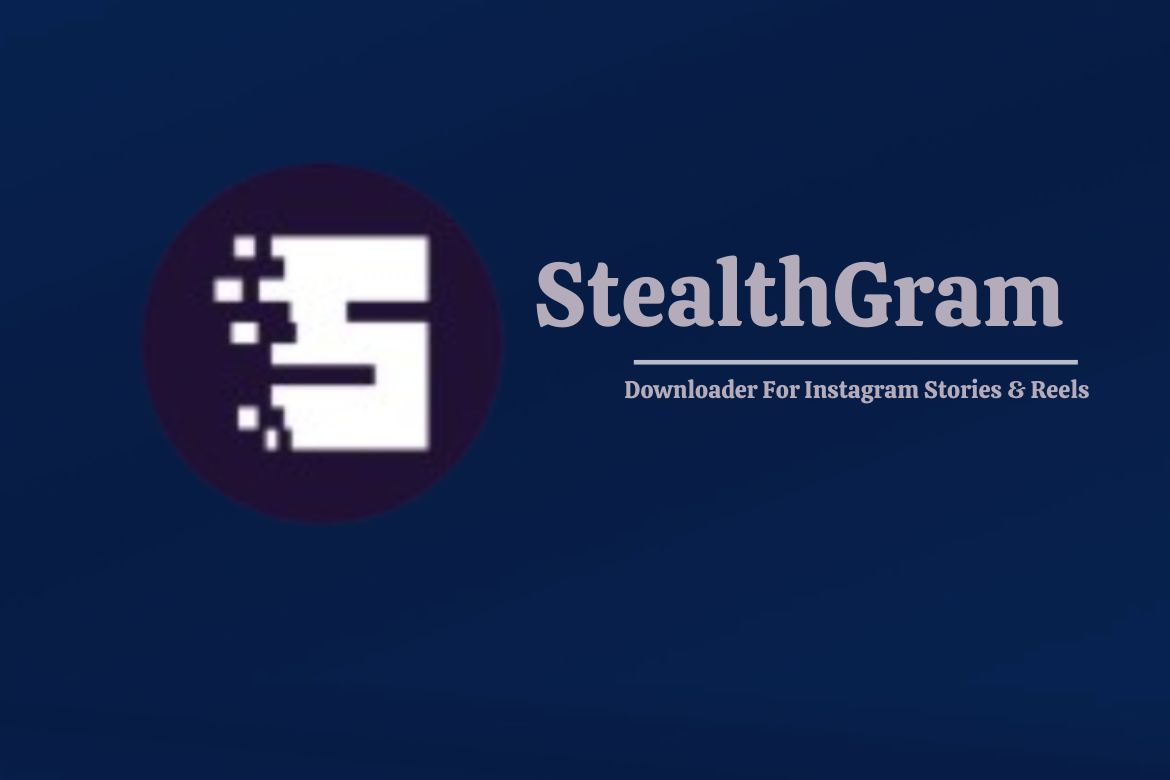In the digital age, privacy is becoming a rare commodity. Social media, once a haven for connecting with friends and sharing life’s highlights, has evolved into a public stage where every post, like, and comment is scrutinized—not only by our followers but also by algorithms, advertisers, and sometimes even strangers. As users grow more aware of the consequences of oversharing, a quiet revolution has begun in the way we share online. Leading that charge is a new platform making waves under the radar: Stealthgram.
Contents
What is Stealthgram?
Stealthgram is not your average social media app. Unlike Instagram, Facebook, or TikTok, which thrive on visibility and viral reach, Stealthgram is built with privacy, discretion, and close-knit communication in mind. At its core, Stealthgram allows users to share content—photos, videos, messages, and even live updates—with a curated circle of trusted individuals, all without the risk of public exposure or data mining.
The name “Stealthgram” comes from two ideas: “stealth,” symbolizing discretion and privacy, and “gram,” echoing the image-sharing roots of modern social media. But don’t be fooled—this isn’t just a clone of existing platforms with a privacy twist. It’s a reimagined experience that prioritizes meaningful connection over mass attention.
Why Stealth Matters More Than Ever
In a world where data breaches are common and social posts can resurface years later to impact job opportunities or relationships, Stealthgram offers a refreshing alternative. It recognizes a growing desire among users to regain control over what they share and who sees it. Whether you’re a parent sharing family photos, an artist previewing work to a select few, or simply someone who prefers a lower digital profile, Stealthgram meets those needs.
Beyond security, there’s a psychological benefit to private sharing. Studies show that the performative aspect of mainstream social media—worrying about likes, comments, and follower counts—can lead to anxiety and decreased self-esteem. By removing those metrics and focusing on intentional sharing, Stealthgram encourages users to post for connection, not approval.

Key Features of Stealthgram
What makes Stealthgram stand out isn’t just its philosophy, but the way that philosophy is woven into its features:
-
Invite-Only Circles
You control exactly who sees your content. Create multiple circles for different aspects of your life—family, friends, coworkers, creative collaborators—and post selectively to each group. -
Disappearing Content Options
Not everything needs to last forever. Share moments that vanish after a set time, perfect for ephemeral experiences or inside jokes. -
No Public Profiles
Your Stealthgram presence is visible only to those you allow in. No searchable usernames, no “explore” pages, no random friend requests. -
End-to-End Encryption
Every message and media file is encrypted, meaning only you and your chosen audience can view it. Not even Stealthgram stores your data beyond what’s necessary. -
Activity Ghosting
You can view others’ posts without showing up in “seen by” lists, for those who value quiet observation over active participation. -
Scheduled Sharing
Queue posts to be shared at a later time or date, ensuring you remain connected even when offline or on the go.
Who is Stealthgram For?
Stealthgram appeals to a wide range of users, but especially to those who feel overwhelmed or disillusioned with traditional social media platforms.
-
Young professionals who want to maintain boundaries between personal and professional lives.
-
Parents looking for a safe space to share updates about their children without broadcasting to the world.
-
Creatives testing new ideas in a private space before going public.
-
Activists and organizers who need secure, small-group communication tools.
-
Introverts who enjoy sharing but not the spotlight.
Real-Life Scenarios Where Stealthgram Shines
Imagine you’re planning a surprise birthday party and need to coordinate with friends without tipping off the guest of honor. On most platforms, a group chat might suffice, but it’s not always secure or easy to manage. Stealthgram allows you to create a temporary private circle, share updates, RSVPs, and even photos—then delete it when the event is over.
Or consider a young artist sharing sketches for feedback. Rather than post to a public account and risk judgment, they can use Stealthgram to share with a handful of trusted mentors, fostering growth in a safe environment.
Even something as simple as family vacation photos becomes more comfortable to share on Stealthgram, free from the gaze of acquaintances or followers you haven’t spoken to in years.
How Stealthgram is Changing the Social Media Game
While other platforms are racing to add features like AI filters, shopping tools, and short-form video feeds, Stealthgram is heading in the opposite direction—toward simplicity, privacy, and authenticity. It’s not trying to keep you scrolling for hours; it’s trying to help you share what matters and then get back to real life.
This shift reflects a broader trend in tech: the rise of “digital minimalism.” People are starting to recognize the toll that constant connectivity and exposure takes on mental health and relationships. By giving users control over their digital presence, Stealthgram is helping to redefine what a healthy online life looks like.
Final Thoughts
In a world that feels increasingly noisy, Stealthgram offers a quiet corner. It’s for those who want to stay connected but on their own terms. It’s not anti-social—it’s anti-overexposure. It’s about sharing your life, not broadcasting it.
If you’ve ever felt the need for a space where you can be real without worrying about algorithms, likes, or strangers, Stealthgram might just be the answer. As more people crave digital intimacy and authenticity, platforms like this could represent the future of social networking—one where privacy isn’t a feature but the foundation.
So go ahead, take a step back from the noise and try Stealthgram. You might just find that in stealth, you’re more connected than ever.



























